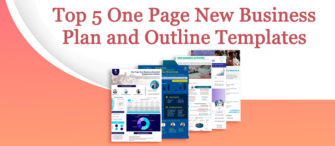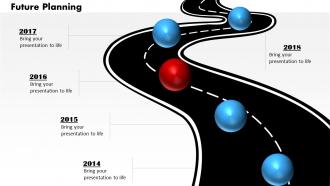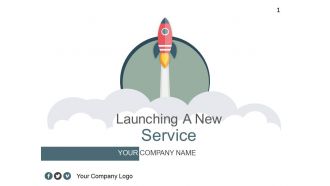When Josh got promoted to a managerial position at a premier digital marketing firm, he had a mammoth task of proving his mettle with an attractive business pitch for new investors. Now, just like any executive in the corporate structure, our dear sweet Josh took the usual route of putting his blood and sweat (and often tears!) into drafting an attractive business proposal document filled with around 20 pages of company history, vision and execution plan complete with pie charts, sales figures and even future projections. To put in the extra grind, Josh also replicated the business proposal onto a PowerPoint presentation. Hoping to have done all that he could to woo the investors, he pressed ‘send’ on his email.
But days turn to months and even umpteen calls fail to get him that “yes” that he desired his investors to say. In fact, one investor whom Josh had even cold-called to pitch his proposal to said he “did not even see the document”. And an actual presentation turned out to be a bigger bummer in terms of conviction when the attending group of investors just kept ruffling through the document he had handed over to them and left without asking much about the product being offered.
Now, given that any resemblance to the above fictional scenario is purely coincidental, we all have been a Josh at one point of our professional life or the other. When we want to make a mark with a presentation, we want everything to go right and tell as much as it can. In such a pursuit, we (as a presenter) often tend to ignore our audience (the presentee) and the way they want to be impressed or moved to act in a certain manner. In this blog, we shall analyze what makes a difference.
Where did Josh go wrong?
Presentations are the lifeblood of companies. Across each and every vertical of a firm, whether it is business development, sales, marketing, or finance, presentations can help drive home ideas and bring formative changes in how a business runs and grows. From an employee’s perspective, presentations form an integral part of corporate communication, whether occurring internally or externally.
Now, Josh had the right ideas in his mind and he put together whatever resources he could muster. But while choosing the tool of communication, he forgot that for a pitch to really stand out, it should capture the minds of the audience precisely. Moreover, he completely forgot that in this world of cut-throat competition on the go, no investor would want to spend their time clicking through a business proposal presentation of 20 slides or just flipping through a business plan document. If something does not strike them from the get-go, no matter how much you glorify your presentation, you are off to a shaky start which may not end with a definitive “yes”.
Also, in a business meeting that involves a PowerPoint presentation on a sales plan, for instance, much of a presenter’s time is focused on explaining each slide to clarify his points. There are bigger chances of distractions and glitches that may overall hamper the purpose of the pitch meeting. The incoherence and delay involved in the presentation thus keep presentees’ mind astray and, hence, the idea of the pitch reaches nowhere near fruition.
And also let’s not completely rule out death by PowerPoint. But that infamous phenomenon is only possible when the presenter has not used this brilliant tool of communication effectively. So, how to tide over this conundrum?
The solution is… One-Pagers
Brevity is the soul of wit.
When William Shakespeare put this quote out into the world, he was laying down the path for the future of how humans consume content. With normal human attention spans reducing to mere seconds, need arises for communication tools that bring forward the point of a presentation in a precise manner and let the presentee get more engaged with your idea than what you have used to convey that idea. To avoid lapses that may cause a mental lag in understanding of your plan, a pitch deck with 50 slides will never be the sound option.
The best solution, thus, is to turn that presentation into a one-pager, i.e. a summary document that brings together all the facts and figures relevant to your topic on a single page. Within years of research and client feedback, SlideTeam has been able to trace a shift from long-winded PowerPoint presentation decks to one-pagers for the growing needs of presentation processes of businesses. A well-executed one-pager has the following benefits:
- It makes a winning point: Not only does a one-pager helps you get organized better, it also saves you time in reorganizing and rearranging the slides according to the idea being presented. In fact, all you have to do is pick a theme and arrange the points that grab attention on a single slide. Consequently, even your handout reduces from a business proposal booklet to single-page flier that your investors or target audience can grasp easily without having to worry about keeping up with your speech.
- It keeps the audience engaged: A cohesive one-pager eliminates the need to flip through several slides and instead uses the data charts and infographics on a single slide to describe your idea. One can break down various pain points in each section of the one-pager and explain that in context to the presentee. The less time one takes in traversing the slide (that otherwise leads to distraction), the better are the chances of more retention and, thus, positive action.
- It eliminates presentation anxiety: Let’s not rule out the benefit a one-pager for a presenter as well. Now in a normal scenario, a presenter puts together data insights and infographics to illustrate the plan for a business or a campaign and prepares each slide in a PowerPoint presentation with relevant text. A one-pager keeps the presenter focused on the idea and just the precise amount of context to influence the audience. And what we can gather from this is that after the meeting, the points that get the audience hooked will stay with them in the form of a single page which they can take a look at in an instant. Increased and easy engagement leads to better leads and prospects for a business.
One-pager: A versatile document
One-pagers are your secret sauce for influencing your audience with your ideas and get them excited to partake in your journey. Across countless verticals in the corporate spheres, one-pagers are finding more and more users in the form of sales personnel, marketing professionals and investment planners. In fact, if we take the broad perspective of how one-pagers can work wonders for you, here’s where you can apply the magic of one-pagers and meet your professional goals.
1. Business proposal
A cogent business proposal can make or break your company’s future. However, your prospective customers or partners will get excited only when you give them something to get excited about. Here, this ‘something’ is a concise proposal without the flab about your usual corporate jargon. Try a one-pager business proposal like this one to put forward the objectives of your business and its components and functions that will lead to a fruitful collaboration with your prospective clients.
2. Business plan
Whether it is a product launch or new service vertical of your company, you need to present a business plan covering the product or service description, the target audience, the roadmap, and the sales and finance strategies among other key characteristics. The more comprehensive the one-pager, the more your employees or clients learn about the business. If you want to skip reading a 2,000-word business plan, a well-designed one-pager is the way to go. As an example, just take a look at the following one-pager that captures a business plan for an e-commerce platform.
3. Executive summaries
One of the most popular modes of using one-pagers is to present executive summaries. An executive summary is a document that simplifies detailed information about your business, its objectives, resources and planned milestones to be achieved. It also serves as a brilliant tool to make an impact on the clients as well as capture their undivided attention while educating them at the same time. For instance, check out how a startup can consolidate its business plan by leveraging this one page executive summary.
4. Marketing strategy
How do you make a company grow? How do you get more clients that want to utilize your products and excel? The answer is simple — marketing. However, executing a marketing strategy may not be a cakewalk when you have to project all the campaign points, goals, tested methodologies, new methodologies, target client, time frames, and impact via particular channels. So how can a marketing manager do that efficiently without an extensive (and not to mention mind-numbing) presentation? With a one-pager like this one, of course.
5. Sales planning
Sales are the lifeblood of the company. It is what brings in the moolah. But to plan a sales program takes collaboration within various departments to put the product in an eye-catching way in the market. So when you need to show your audience, whether employees or investors, the way your product will make them money, you have to be quick and precise to magnetize your client towards your product. You have to put in your competitor analysis and also show how what is in it for the buyer. Try this one-pager and see yourself how concise product presentation drives in huge cash flow.
6. Investment pitch
Whether you need to get your investors excited about a new product or your entire company itself (attention startups and growing businesses!!), you need to stay away from the inconsequential nitty-gritty of your pitch and instead focus on the broader perspective that charges them enough to give you the funding you need. When you present it as a normal document (just like Josh did up there), you can end up confusing the investors instead of illuminating them. If you have brought together your ideas about your product along with how you are a better choice, you need to keep all the attractive bits up front. Explore that with this fully customizable one-pager.
Make the most out of a one-pager
Churning out a one-pager out of a set of organizational data takes skill. You have to figure out what your audience would want to know in the minimum space possible. Given that you have downloaded a one-pager to present an innovative idea, there are certain factors that will make your presentation an absolute winner. Here’s how to get the most out of your one-pager:
Tell a story
If you have found our dear sweet Josh to be relatable and more understandable, then the reason behind it is that humans tend to relate to stories that can portray data in an engaging manner. When you have a one-pager doing the talking for you, it is your responsibility as a presenter to lay out the context or the groundwork for your presentation. You can simply throw in an attractive figure when you are pitching a new product to your investors to get them hooked right off the bat. Besides, you can also try to start off with an interesting question and get the audience attentive and responsive from the start.
Address pain points
Why should your audience invest in your product? If it is that innovative, what problem does it solve? Before you try to align your one-pager with your goals, always answer these questions to figure out a list of pain points. In fact, just address one paint point in a particular section of your one-pager and then build up on how your product solves the issue in the next section. This way, the investors will be influenced by the solution that addresses a pain point of their interest.
Let the design speak for you
By definition, a one-pager has to represent chunks of influential data on a single page. But minimal design may not necessarily be efficient design. Once you have figured out what story to put out in your presentation, try to figure out what type of data representation figure you can use. Try using infographics like bar charts, pie charts and comparison chart to depict the data that will benefit the investor. For example, you can use a bar chart to show how your startup has seen growth in revenue through the sales of your product.
Feedback is a must
Honestly, a Q&A session after a presentation is so underrated. Now, given that you have applied all the tricks mentioned in this blog, you have successfully managed to pique the interest of your audience without a lick of doubt. But to get the most out of your one-pager presentation, you have to give audience a chance to connect more with your idea. Solicit questions from the investors. Ask what they liked and what they will likely get to know more about. Handouts are your friends. Use them. And don’t forget to give your contact information on the fliers. Emailing your one-pager to the presentees will drive the point home as well.
Conclusion
A one-pager can be your best bet when you want to bring your vision to fruition in a more concise manner. Industry trends are inclined towards more comprehensive and eye-catching pitches and content verticals. Be it some kind of a product launch or a call for funding, every company, no matter how big or small, will be able to collaborate and communicate well with the help of one-pagers instead of lengthy presentations. Therefore, don’t be a Josh. One page that presentation!!
Still trying to figure out how to put together a one-pager that will charm your investors? Let our team craft a stunning one-pager for you in three easy steps.


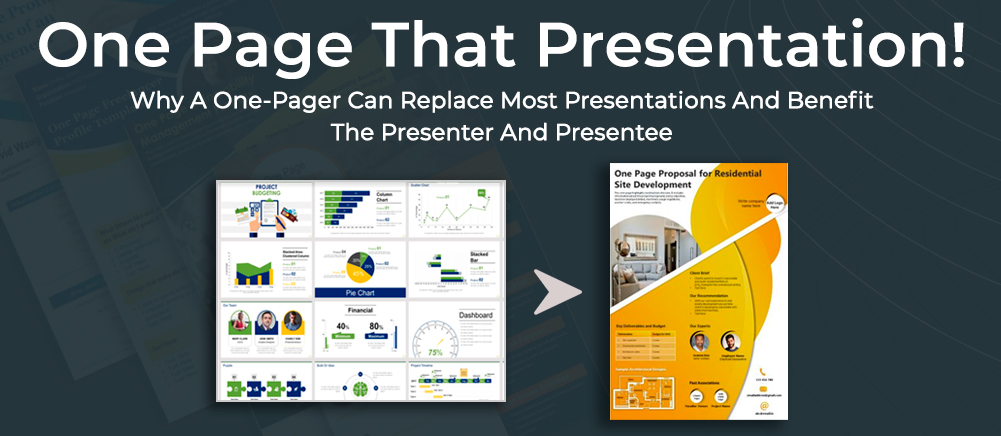


 Customer Reviews
Customer Reviews




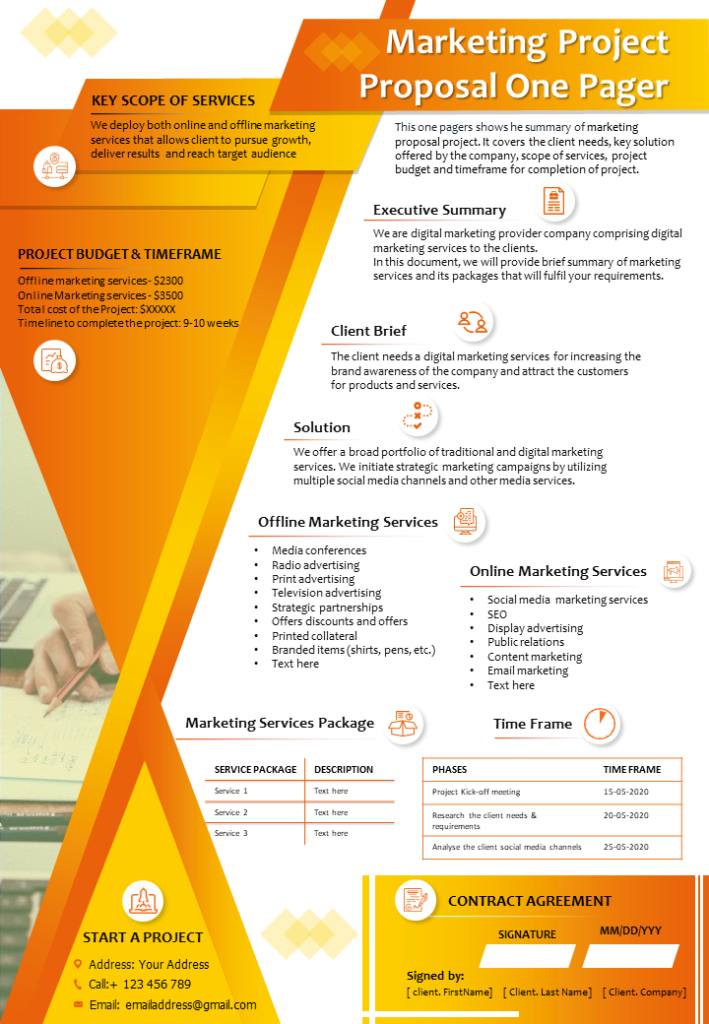
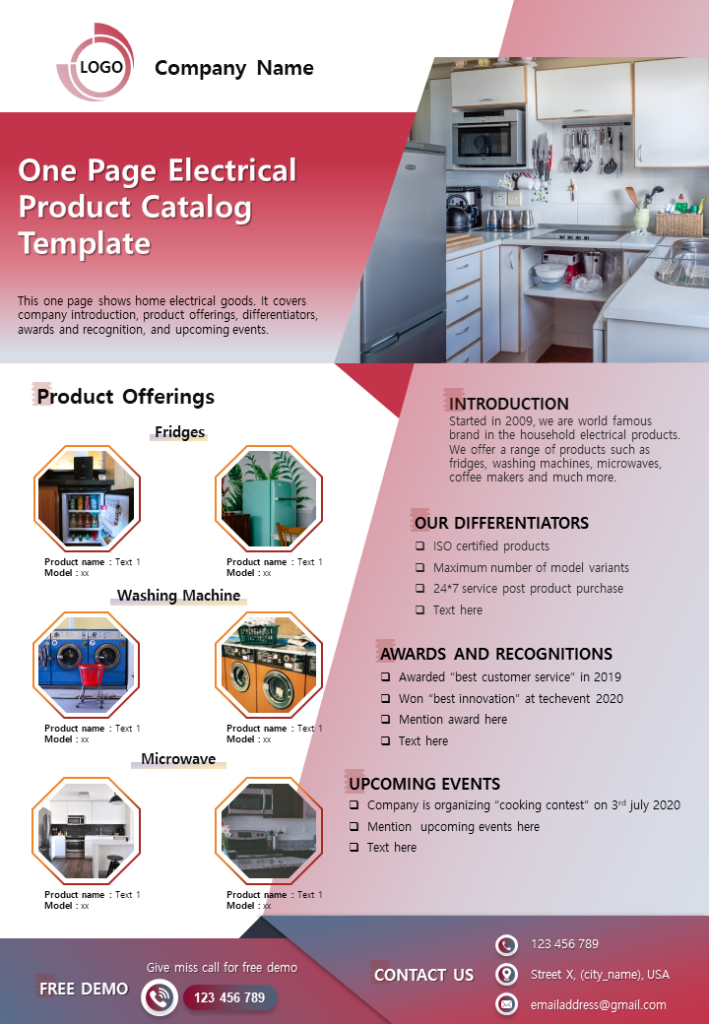





![[Updated 2023] Top 50 Most Effective Executive Summary Templates [includes One pagers and Full Templates] To Impress Your Clients](https://www.slideteam.net/wp/wp-content/uploads/2020/08/size1001-436-3-335x146.jpg)

